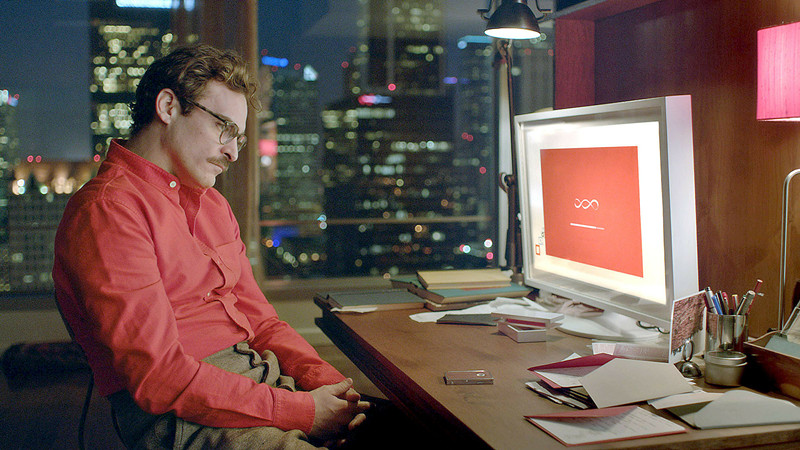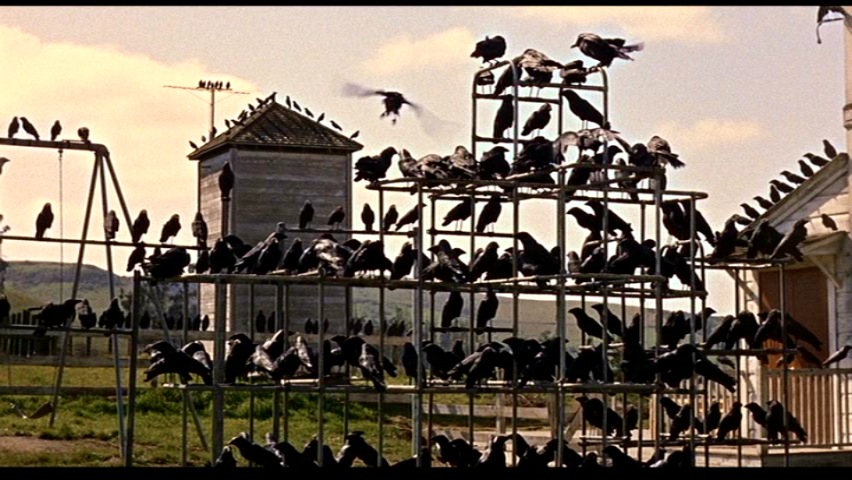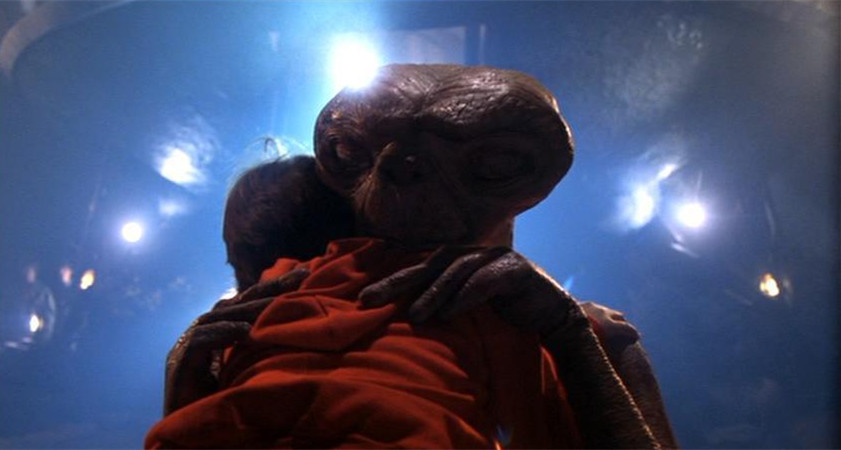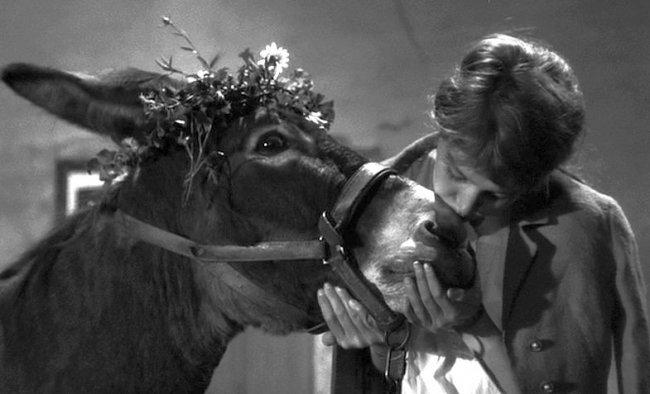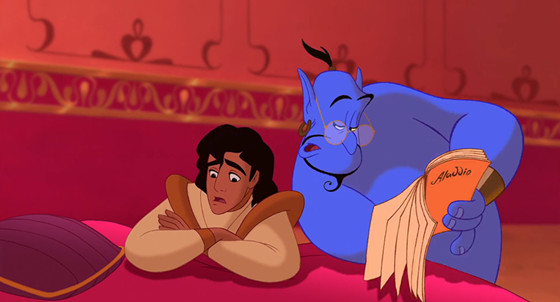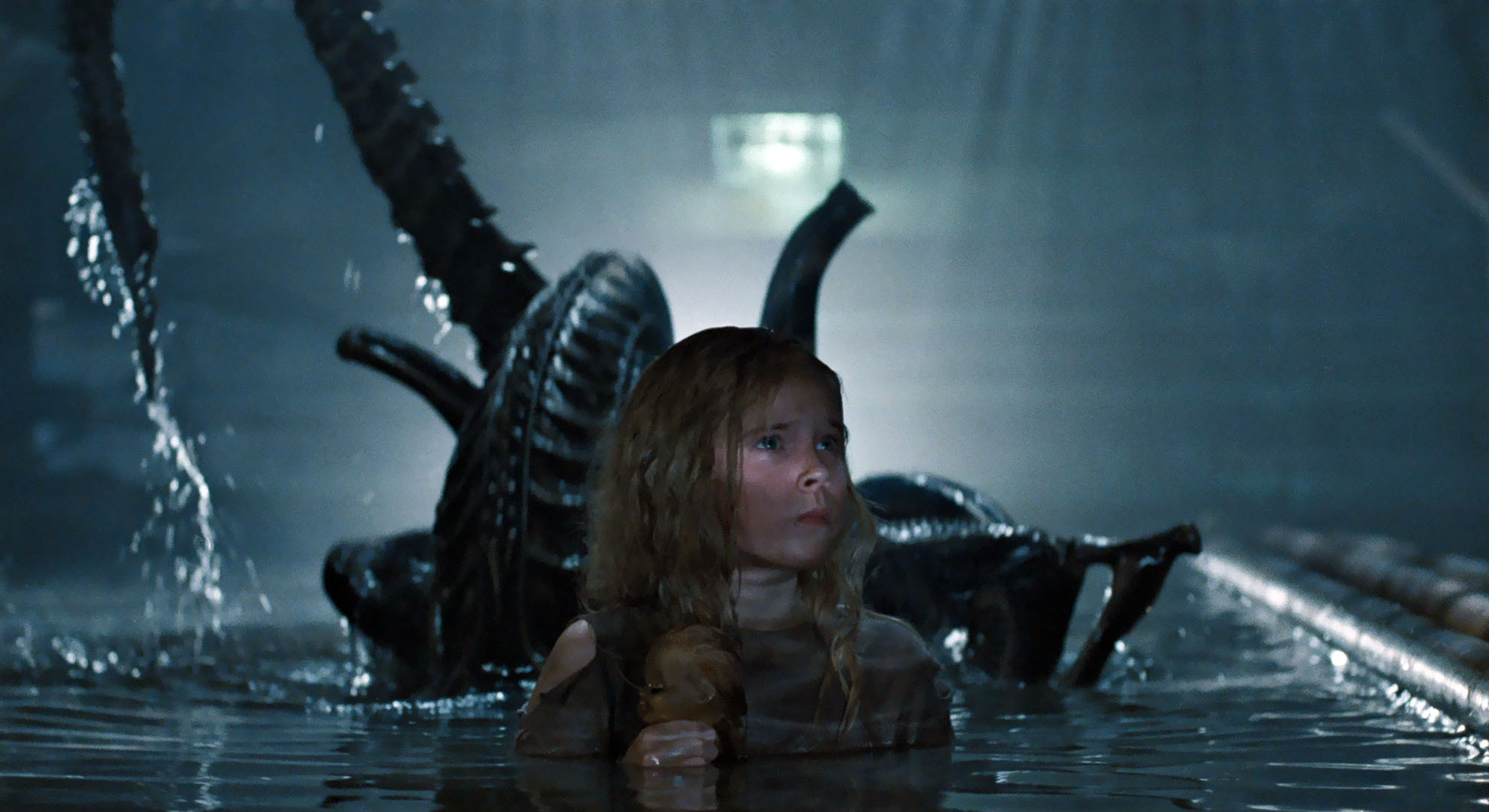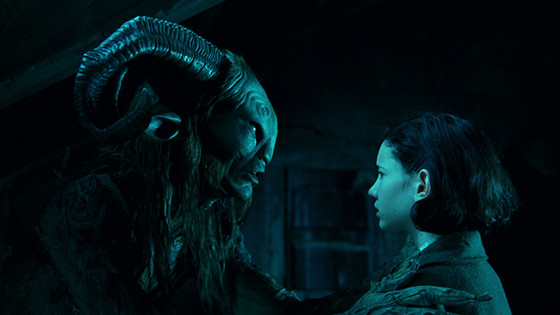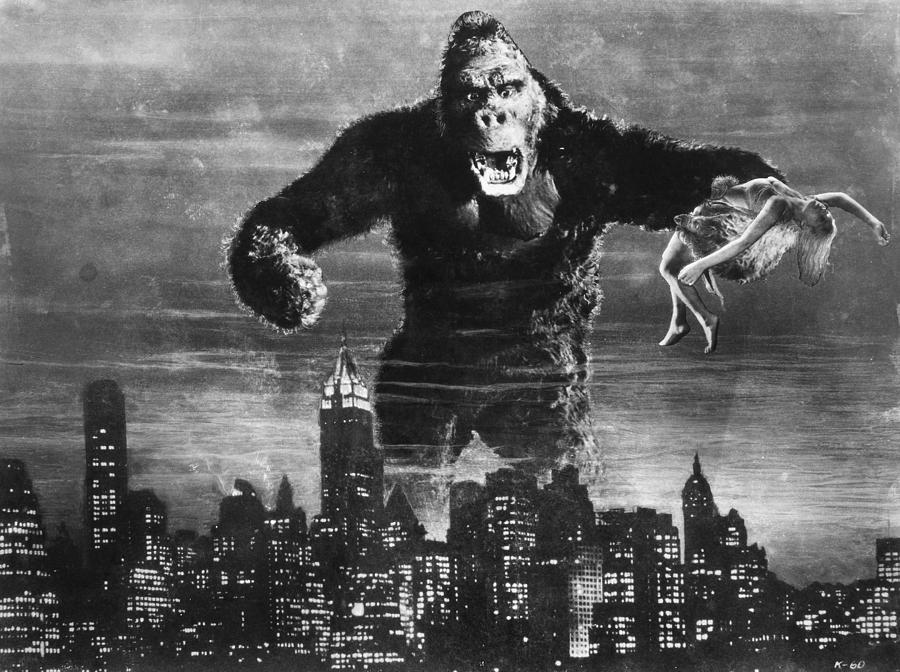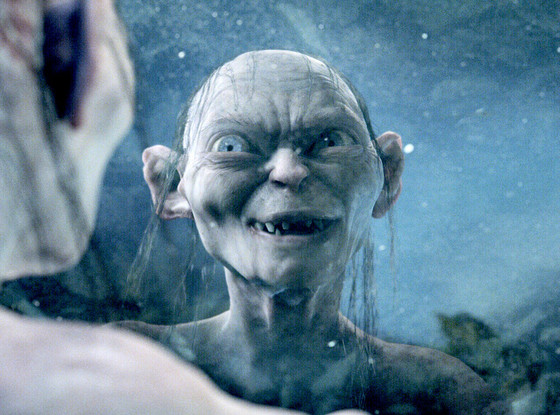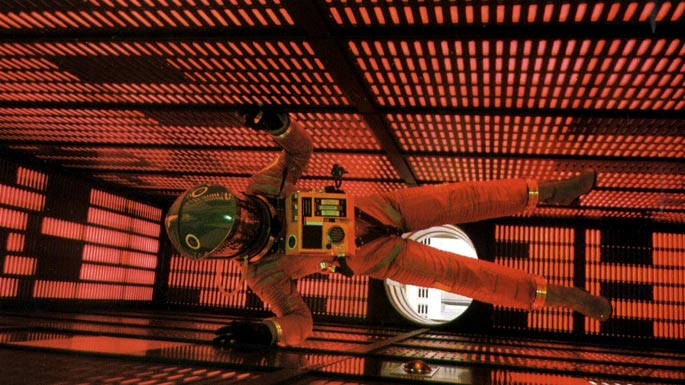10. Samantha (Her)
It almost seems like a waste to make an entire film with Scarlett Johansson and not take advantage of her exquisite beauty. But leave it to Spike Jonze to make such a bold cinematic choice. Throughout the film, Samantha graces us with only her voice (given that she’s an operating system) and forms her entire relationship with protagonist Theodore using nothing else.
The best part of Samantha is her self-discovery. She is quick to learn whatever it is she feels needs learning, but within such an infinite and complex world, the thing she learns most about is herself. The audience watches (or rather listens to) Samantha as she exhibits her amazing technological capabilities while slowly coming to grips with her frustrating and devastating limitations in her attempts to be more human.
Ultimately, however, she realizes that having those limitations may not be the worst thing. In fact, they are the very things that enable her to develop who and what she is outside of the human world, not only giving her a sense of hope for a more suitable future but also increasing her sense of purpose and identity.
9. The Birds (The Birds)
Hitchcock liked the concept of birds in his movies, using them as a symbol of man’s inhumanity coming back to haunt him. But only in The Birds did he take this concept literally to create one of the scariest horror movies of all time. The story takes place in a small town where prankster Melanie Daniels finds herself ditching her humorous gags when she and the rest of the townspeople are suddenly attacked by a gang of birds.
There is plenty to fear in Hitchcock’s graphic fright film, but the most fear-inducing element is the sheer number of birds. The overwhelming, unbeatable number of birds that swarm about town mercilessly pecking out human eyes makes it clear that there is virtually no hope for anyone residing there. These birds are almost like bullies, banding together as the humans fail to and showing so very forcefully that this town isn’t big enough for both species. And though some humans may have survived and gotten away, there is absolutely no doubt as to who really won the battle.
8. E.T. (E.T. the Extra-Terrestrial)
For anyone who’s ever had an imaginary friend, E.T. may be the greatest example of what that friend should be. Mistakenly left behind on Earth by the rest of his crew, E.T. finds himself lost and bewildered by a strange planet. Luckily, his encounter with Elliot turns into one of the most heartfelt friendships in film and the very thing E.T. needs to survive.
As Elliot’s own life leaves him feeling alone, the parallel between him and his alien friend is both unmistakable and brilliant. E.T. may be an alien, but he nevertheless looks adorable, radiating the kindness, curiosity and wonder of a child. It’s that type of affability that makes such an otherworldly creature more accessible to the viewer and renders his budding friendship with Elliot all the more realistic. And whatever magical powers E.T. may have, one can’t help but believe that his fateful bike ride with Elliot is powered by much more than the supernatural.
7. Balthazar (Au Hasard Balthazar)
Animals are often compared to humans, and Robert Bresson’s Au Hasard Balthazar stands among the highest of these analogies in his depiction of a tragic donkey. When Balthazar and his owner Marie go their separate ways, each one succumbs to terrible hardships and cruelty. But it’s Balthazar who truly amazes, as he handles each horrible hand that life has dealt him with more humanity than any of his subsequent owners have dared to show him.
By the film’s end, he doesn’t merely seem more human than anybody else. He becomes a pinnacle for the very values for which one becomes saint. It’s very easy to sympathize with Balthazar, as Marie certainly could, but one would be hard-pressed to feel sorry for him considering his spirit is much stronger than any human could ever hope to strive for.
6. The Genie (Aladdin)
Arguably the best character in any Disney film, Aladdin’s caring sidekick is a vibrant spirit to say the least. Delivering one hilarious gag after another, the genie steals the show by providing the pure magical essence of the film’s story and delivering a brand of comedy never before seen in an animated tale.
Robin Williams had given a number of memorable performances before and after this film, but his role in Aladdin is unquestionably his most underrated and the one that made most use of his comedic brilliance. His genie is able to find humor in even the most dreadful situations, therefore reminding Aladdin – and the audience – that there’s never any need to take things too seriously.
Every moment spent with the genie is as wild as unpredictable as he is himself, veering the audience away from whatever cliché seems to be just around the corner. Instead, the wonder that is experienced on Aladdin’s journey is kept alive and burning throughout the entire film as one can only imagine what the genie’s presence will accomplish next.
5. The Alien Queen (Aliens)
Ellen Ripley gives James Bond and Indiana Jones a run for their money as the greatest action hero of all time. And part of the reason for such an admirable title is that none of James Bond’s or Indiana Jones’ respective villains have ever come close to being the nightmare that was the Alien Queen.
Though only seen in the final act of the film, the Alien Queen’s limited screen time is completely overshadowed by her ability to haunt the viewer long after the film is over. The single alien seen in the first film may have been terrifying, but its powers seem insignificant next to hers. Her true power comes from the fact that, in addition to her “structural perfection,” she also has the ability to produce more of her kind – an unlimited amount, in fact.
If that isn’t petrifying enough, her hostility towards Ripley and her crew is nothing compared to her genuine love and devotion to her alien babies. She will stop at nothing to protect them, which makes her the perfect foil to the heroic, maternal Ripley. James Cameron has a knack for creating strong female characters; in “Aliens,” he also creates a brilliant dynamic that simultaneously turns gender into a non-factor for the action sequences while making it a core part of the characters’ motivations.
4. The Faun (Pan’s Labyrinth)
Guillermo Del Toro has created a darkly beautiful world that gives new meaning to the term “fairy tale.” And the most captivating character in this tale is the faun. Guiding our heroin Ofelia on her mysterious journey, the faun never quite makes it clear what his motives are. The very fact that such a bizarre deity even exists raises one too many questions as it is, but his ambiguous personality is just what this tale of betrayal and mistrust needs.
Because of Ofelia’s plight due to her brutally dangerous stepfather, it’s expected she should want to desperately believe that someone is on her side and that a happy ending is what awaits her. And just as she gets closer to accomplishing her mission, the audience’s hearts and minds are right there with her as the question of which side the faun is really on becomes all the more crucial with each magical moment and every tragic death.
3. King Kong (King Kong)
Similarly to the shark in Jaws, King Kong doesn’t actually appear until about halfway through the movie. But while the shark leaves gruesome evidence of his existence, King Kong initially only exists in legend – making him all the more frightening. Once the beast finally makes his glorious first appearance onto the screen, his strength and savagery are soon obscured by a much more fascinating aspect of his character: his need for love.
Once he kidnaps Ann, the beauty of his dreams, there’s no turning back. Even as she escapes from his tight clutch and Kong is captured, his sheer determination is unmistakable as he takes back his girl and engages in the most complex love story in cinematic history. King Kong isn’t destructive for the sake of destruction, but because he knows it’s the only way in which he and Ann can be together. It’s a love that borders on a bizarre obsession, and one that links together man and beast in the most definitive way possible.
But like all unhealthy obsessions, this one inevitably ends in tragedy. And like all living creatures, King Kong has an Achilles heel. It’s a deeply profound and beautifully romantic notion that such a grand beast could not be destroyed by man, but could so easily be led to his own destruction by woman.
2. Gollum (The Lord of the Rings)
Visual effects have come a shockingly long way since the early days of film. But never have they been able to realize a character so fully as they have through Peter Jackson’s surreal depiction of Gollum.
So scrawny, so bug-eyed, so reptilian, every physical aspect of this character (played to eerie effect by Andy Serkis) is impossible not to stare at. But the appeal of watching Gollum lies not only in his unique physicality and maneuvers. It also stems from his haunting malevolence that leads him to do anything he can to get his ring back.
“My precious” has become one of cinema’s most unforgettable lines, vividly depicting Gollum’s obsession with the ring and its ability to consume him despite his best efforts. It’s an hypnotic hunt for the object, but there’s also a fascinating complex in which Gollum fights against his own inner demons. As he tries hard not be tempted by the ring the way he’s been before, the battle between good and evil is never more epic in the entire “Lord of the Rings” trilogy as it is within the confines of Gollum’s troubled mind.
1. HAL 9000 (2001: A Space Odyssey)
Kubrick’s films rarely feature dull, unoriginal characters. But none have been as distinct as the technological entity known as HAL 9000.
It isn’t difficult to fall for HAL. Aside from his obvious helpfulness that makes life seemingly easier and more comfortable, he also has a very serene voice (spoken by Douglas Rain) that masks the chaos hiding within. HAL is not human and he makes no attempts to be. In fact, what HAL attempts to become is something much bigger and more powerful.
A computer that is far more intelligent than man, HAL is a clear depiction of the technological capabilities that will inevitably extinguish humanity. What’s most terrifying about the character is that HAL seems to be all-knowing, an omnipresent entity watching over the humans while slowly and calculatedly deciding their fate. Kubrick’s film is refreshing for many reasons, and one of them is the subtly established God complex given to something that is other than human. And where humans are limited and incapable, HAL 9000 is not.
Author Bio: Ziyad Saadi is a writer, director and producer based in NYC. After having received his Bachelor’s degree in Marketing from Concordia University in Montreal, he moved to New York where he produced the independent feature film Bag Boy Lover Boy. In addition to his work in filmmaking, he has also written for a number of publications including Indiewire, The Independent and The Gay & Lesbian Review.
